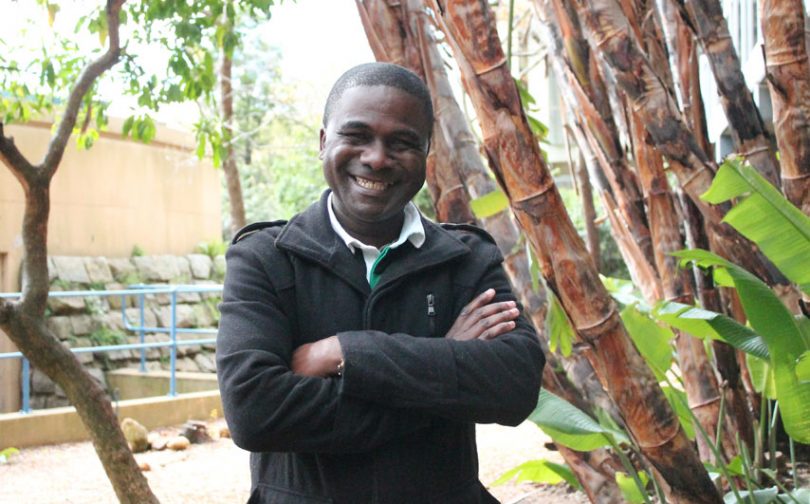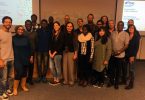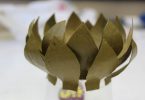Extended Curriculum Programme coordinator for the Environmental Management programme Dr Elie Itoba Tombo can’t tell what he likes more, teaching or research.
He especially loves the challenge of training previously disadvantaged students to embrace science: “Empowering them through the vocation of science to be scientists or researchers, that is what I am passionate about,” says Tombo.
The lecturer speaks proudly of supervising one of his earliest pupils, from when he started teaching at CPUT in 2007, to complete his Master’s degree earlier his year: “It is quite encouraging to see my passion is paying off.”
His research into cassava plants though fascinates him in equal measure.
Originally from Brazzaville in the Republic of the Congo where he graduated with a BSc in Physical Geography before moving to Cape Town in 2000, Tombo grew up with cassava as a staple food. Today it is still a staple food source for much of Western and Central Africa as well as a source of bio-energy research in Asia and South America.
“Why can’t we investigate such a crop and see if we can establish it here in this country,” was the question that started his research line. Today his research is rare – he looks at the effect of the plant on the environment, rather than the possible uses of the plant.
Tombo’s recent PhD thesis “Cyanogen and Mycotoxin reduction for cassava (manihotesculata crantz) in cultivated soil” looked at identifying a novel isolate that could help decompose cassava in a safer way.
Previous studies have shown that decomposing cassava tubers deposits toxic hydrogen cyanide into soil and he investigated an environmentally benign approach to long term remediation of soil. He wanted to know whether introducing a particular microorganism into the soil would mitigate or reduce the presence of the toxic compound (hydrogen cyanide).
He discovered a particular fungi (Cunninghamamella bertholletiae) that did resist and degrade the cyanide as well as produce a mycotoxin.
“Basically we also assessed the pathogenicity of that fungi on the soil biota or micro-organisms.”
Tombo also investigated what green approach could be used to keep the mycotoxin in check, figuring out that the juice of a particular carnivorous plant, nepentheses mirabiles, fulfilled this function.
Next he wants to investigate how to advocate for the implementation or establishment of genetically modified cassava to reduce the amount of hydrogen cyanide in the environment in general.
“The second thing would be to assess the removal of cyanide from a cassava decomposing environment. This is part of a project we have in mind to get to a rehabilitation or reduction method on a big scale to help people in remote areas.
“A third research line would be to investigate possible plants with similar properties such as the carnivorous plant we used in order to be able to use plants in the remediation or control process,” said Tombo.
Written by Theresa Smith








